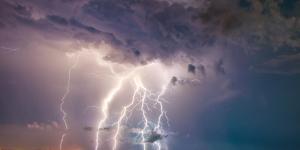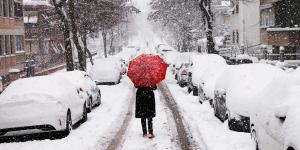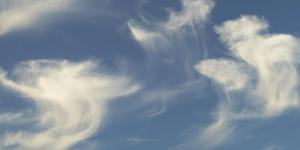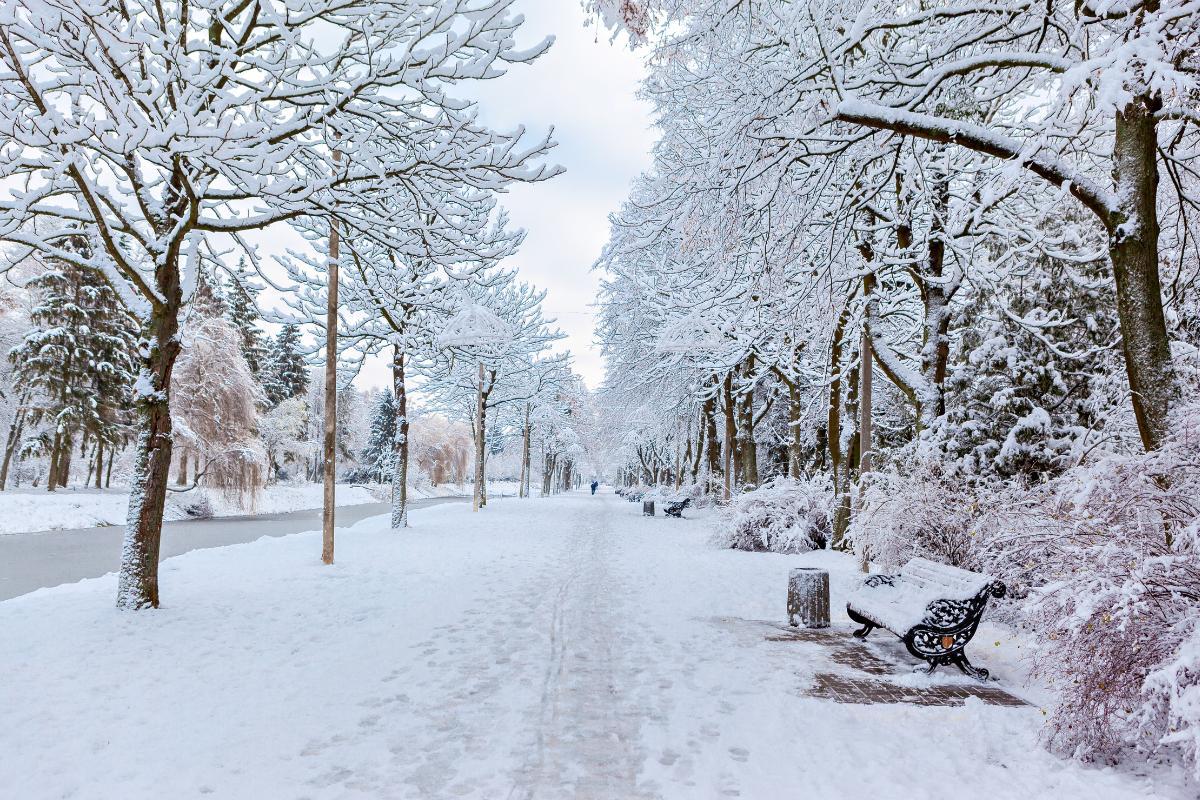What Is a Cold Wave Weather Phenomenon?


Cold waves are meteorological phenomena which are characterized by a sudden decrease in temperature that is then extended over a prolonged period of time. Also known as cold snaps or cold spells, there are certain characteristics common to all cold waves, but they can present differently depending on the region. This is because the sudden drop in temperature is relative to the geographic location. In this way, we can say that an artic cold wave will be colder than a tropical one. In this way, the consequences of the cold snap may also be different.
We learn more about the causes and consequences of cold snaps at thedailyECO. We do so by asking what is a cold wave?
What are cold waves?
Cold waves are meteorological phenomena characterized by a sharp decrease in temperatures that are then extended over a prolonged period of time. These extremely cold weather conditions typically affect wide geographic areas, but can range from localized regions to entire continents.
During a cold snap, temperatures can drop drastically. When this happens, they can reach values below the usual averages for the time of year in the affected region. In addition to low temperatures, cold snaps are often accompanied by other adverse weather phenomena, such as strong winds, snowfall and frost. Since they are extended, their prolonged affects can be very impactful on ecosystems. For this reason, certain cold waves have become very important to the historical record.
In addition to extremely low temperatures, cold waves usually have other distinctive characteristics that make them recognizable:
- Long duration: cold waves can persist for several days or even weeks, increasing their impact on people, nature and infrastructure.
- Variable intensity: intensity can vary considerably, from moderate episodes with slightly below normal temperatures to extreme events with very low temperatures and extreme adverse weather conditions.
- Wide geographic impact: they cover vast geographic areas, affecting multiple regions and even entire continents.
- Sudden changes: they are usually characterized by abrupt meteorological changes, with rapid drops in temperature and ensuant unpredictable weather conditions.
One of the most common weather phenomena which accompany cold waves is snow. Learn more about the different types of snow in our related guide.

Causes of cold waves
The formation of a cold wave is multifaceted, but it is important for meteorologists to understand them. This is because the effect of cold waves can be so deleterious to various ecosystems. Predicting a cold snap can help protect these natural ecosystems and human settlements from said effects. The main causes of cold waves are:
- One of the most common is the arrival of cold air masses from polar or subpolar regions. These cold air masses can move due to various atmospheric phenomena, such as changes in atmospheric circulation or the presence of high pressure systems.
- The pattern of jet streams is very influential in the development of cold wave. Jet streams are currents of fast-moving air in the upper atmosphere. They can influence the direction and intensity of the cold air flow. Variations in the position and strength of the jet can lead to the advection of cold air towards normally warmer areas, contributing to the formation of cold waves in doing so.
- Known as atmospheric blocks, stationary high pressure systems can hinder the normal movement of air masses, thereby trapping cold air in a particular region for an extended period and causing a cold wave.
- Another of the most common causes of cold snaps is atmospheric instability. This can be caused by a variety of factors, such as changes in water temperature or the presence of low pressure systems. This instability favors the formation of adverse weather systems, including cold waves.
- Global weather patterns also influence the distribution and intensity of temperatures in different regions of the world. El Niño and La Niña are two of the most well-known weather phenomena which influence global temperatures. These weather events can modify atmospheric circulation patterns and alter the position of jet streams, which in turn can affect the likelihood of cold waves in certain areas.
Discover more about the effects of the El Niño weather pattern with our related guide.
Examples of cold waves
As we have stated above, cold waves have had great historical significance. Some of the most famous have even entered legend, such as the 17th century Great Frost in England where the river Thames froze at such a rate that a circus was held on the ice. Here are some examples of cold waves from more recent history:
- United States Cold Snap (2019): in January 2019, much of the United States experienced an extremely intense cold snap which was influenced by a polar vortex. Temperatures as low as -40 ºC/-40 ºF were recorded in some areas, causing mass flight cancellations, school and business closures, and severe power supply problems. In this article you will find more information about how a polar vortex forms.
- Cold wave in Europe (2012): in February 2012, Europe experienced a particularly severe cold wave. This cold wave affected much of the continent, from the United Kingdom to eastern Europe and even North Africa. Temperatures dropped sharply, reaching levels as low as −42.7 ºC (−44.9 ºF), well below normal for the time of year.
- Russian Cold Wave (2010): in December 2010, Russia suffered an extremely severe cold wave, with temperatures dropping below -30 ºC/-22 ºF in many areas.
- Central Asia Cold Wave (2008): in January 2008, Central Asia experienced an intense and prolonged cold wave, affecting countries such as Kazakhstan, Uzbekistan and Tajikistan.
Different atmospheric phenomena can result in icy and snowy conditions. Learn about one particular form of ice caused by freezing temperatures with our article on what is rime ice?

Consequences of cold waves
Cold waves have a series of significant consequences which occur both in the short and long term. Such consequences can affect various aspects of society such as the economy and environment that affect various aspects of society. They include:
- Health Impact: low temperatures during a cold snap can increase the risk of hypothermia, frostbite and other cold-related illnesses.
- Damage to infrastructure: when the cold wave is very intense, it causes damage to infrastructure, such as roads cracked due to frost, frozen pipes causing breaks and interruptions in the water supply, and electrical cables damaged by the weight of the snow or ice.
- Impact on agriculture: agricultural crops can be affected, especially if late or early frosts occur.
- Disruption of transportation and economic activity: extreme weather conditions during a cold snap make road, rail and air transportation difficult, leading to flight cancellations, delays in public transportation services and road closures.
- Increased energy demand: during a cold snap, energy demand for heating increases considerably, leading to overloads of the electricity and gas networks.

What to do if a cold wave hits
In the face of a severe cold wave, some fundamental aspects must be taken into account:
- Dress appropriately: wear warm, layered clothing that protects against cold and wind. It is recommended to use thermal clothing, gloves, hats and scarves to cover areas exposed to the cold.
- Staying warm: stay indoors as much as possible during a cold snap, especially during the coldest hours of the day and at night. Use heating safely and efficiently to maintain a comfortable temperature in the home.
- Avoid prolonged exposure to cold: limit time spent outdoors and seek shelter in warm places when necessary.
- Protect water pipes: prevent freezing of water pipes by properly insulating them and keeping a light drip of water at faucets to prevent ice buildup.
Although cold waves can have serious consequences, it is important that any extreme temperature can cause serious harm. Learn more with our article on what causes a heat wave.
If you want to read similar articles to What Is a Cold Wave Weather Phenomenon?, we recommend you visit our Meteorological phenomena category.








